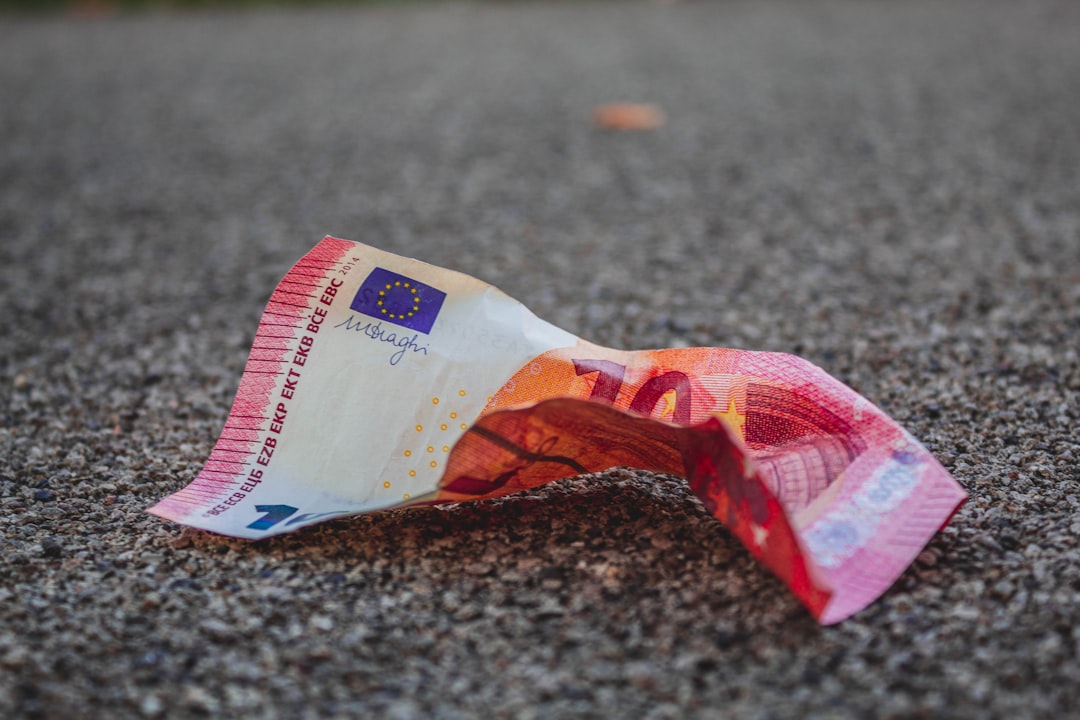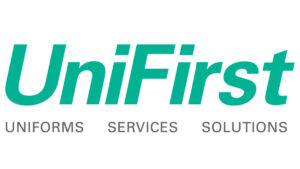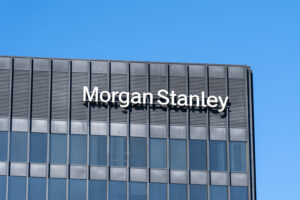UBS has revised down its U.S. economic growth forecast for 2025, warning that rising tariffs, weakening labor demand, and persistent inflation are likely to slow GDP expansion to around 1%.
In a note to clients Tuesday, UBS cited a combination of fiscal fade, elevated interest rates, and increased average tariff rates (now around 16%, up from 2% in 2024) as key headwinds. The investment bank also forecasts the U.S. unemployment rate will climb to 4.6% by year-end.
Key Drivers Behind the Outlook
UBS highlighted several contributing factors to the anticipated deceleration:
-
Softening private payrolls and a continued decline in service-sector job listings.
-
A rising tariff environment: “We see tariff impacts in 2H 2025,” the note stated.
-
Sluggish real disposable income growth, already lagging behind consumption.
-
Core PCE inflation projected to hit 3.4% by end-2025, above the Fed’s 2% target.
-
Delinquencies rising across student loans and mortgages.
-
Higher recession odds: UBS’s credit-based recession indicator points to a 47% chance of a downturn by Q1 2026.
While some fiscal support tied to the Big Beautiful Bill could buoy consumption, it’s unlikely to kick in until 2026, UBS warned.
Defensive Strategy and Sector Outlook
Despite the gloomy macro signals, UBS remains cautiously constructive on select segments of credit markets:
-
The firm is favoring consumer non-cyclicals and high-quality credit.
-
With spreads tighter than in 2022, the focus remains on defensive positioning.
Data to Track the Macro Pulse
Monitor these key U.S. economic metrics using:
-
📊 Economics Calendar API: Stay updated on PCE, payrolls, and inflation releases that align with UBS’s outlook.
-
🧾 Balance Sheet Statements API: Review company-level trends in debt, liquidity, and asset quality amid rising delinquencies.
Bottom Line: UBS’s outlook adds to growing concerns that the U.S. economy could slow sharply in the second half of 2025. With tariff impacts looming and credit stress building, analysts advise caution in both equity and credit markets.




